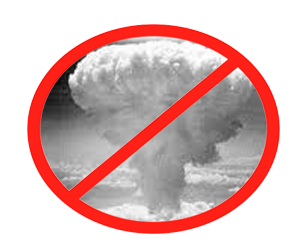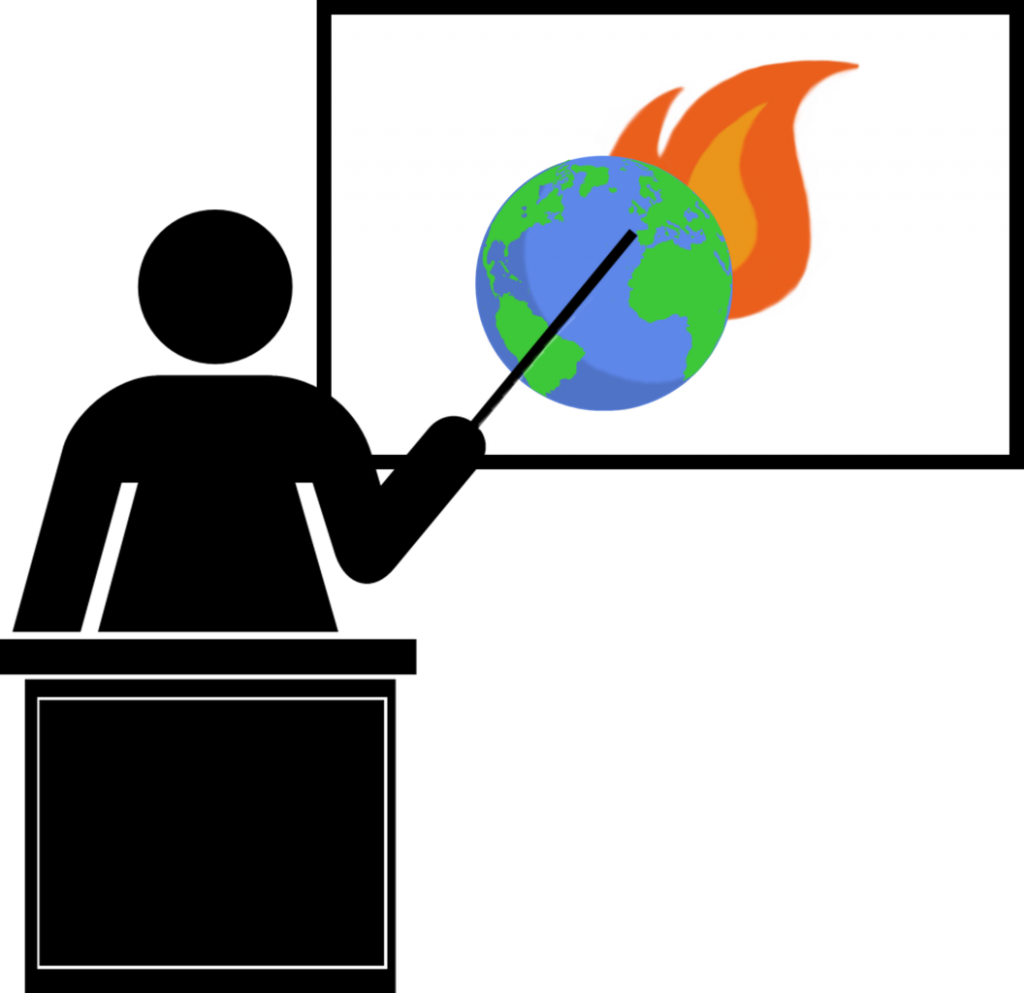In April 2020, the Rights Writers were asked what perspectives have been left out of the major debates on their topic, and how would including them increase understanding or contribute to progress on this issue.
What is missing in conversations on climate change is how central human rights are in building sustainable solutions to our climate crisis. We hear so much about how climate change is an existential threat, but we don’t often get the connection to how that will impact populations globally, particularly how it will affect our geopolitical climate. In this blog post, I will explore why climate change is fundamentally a human rights crisis and why globally centering human rights is the most relevant framework to making real progress.

There are two main ways that climate change is intrinsically linked to geopolitical relations. One, militarization in itself is a huge contributor to global emissions, specifically in the production and deployment of military supplies. Second, as global temperatures change, the increased severity and likelihood of droughts cause food insecurity that may exacerbate existing tensions.
How does militarization impact the environment? The harm to our environment comes in two phases: the production of military weapons and the use of these weapons.
Looking at the U.S. shows just how much militaries are responsible for our climate crisis. If the U.S.’s Department of Defense was a country, it would rank 34th in average oil use. The Pentagon is the single largest industrial consumer of fossil fuels by producing fighter jets, destroyers, tanks and other weapons systems that exude highly toxic, carbon-intensive emissions. The detonation of bombs releases greenhouse gases (GHG) that also contributes to dangerous emission levels.
According to a report from Oil Change International, the U.S.military emitted 100 million metric tonnes of CO2 in fueling its war in Iraq over five years. To put this in perspective, this is larger than the total quantity used by all Allied forces in the four years of World War 1. What is even worse is how the U.S. military has received an exception for international climate agreements. The Pentagon has received a “blanket-exception” in all global climate agreements, including the Kyoto Agreement.
Despite many countries’ pledges to combat climate change, they continue to militarize. From 2001 to 2011, the Stockholm International Peace Research Institute estimates that the global military saw a 92% increase. Even in the last decade as climate change has entered the forefront of the global agenda, countries are not demilitarizing, and many are continuing to mass produce military weapons.
It is also important to understand how climate change is impacting our geopolitical climate. For example, the Syrian crisis was sparked by a long period of drought which halted crop production and destroyed the economy, leaving millions of people water-scarce and food insecure. Water conflicts like those in Syria have impacted the Middle East and Northern and Sub Saharan Africa. Carbon emission has been tied to an increase in global temperatures which in turn results in drier and less resourced areas, creating the atmosphere for war and conflict to brew. The link, however, between climate change and conflicts has not been a central focus. Despite the fact that in 2007, UN Secretary General Ban Ki-moon described Sudan’s Darfur region as an example of a climate change conflict.

Research focusing on the impact of climate change in Sub Saharan Africa has supported the notion of climate-fueled conflict. Quantitatively, a 1% temperature increase has been shown to lead to a 4.5% increase in civil war that year and even a 0.9% increase in the following year. If this trend continues, according to almost 20 climate models, by 2030 there will be a 54% total increase in armed conflict in Sub Saharan Africa. Why? The researchers say that these temperature changes lead to economic instability, particularly in areas that are dependent on agricultural production. Research has long shown that “economic stability is the single factor most consistently associated with conflict incidence.”
There are many human rights implications here. One, climate change is pushing millions of people into extreme poverty. As agricultural production weakens with temperature changes, agricultural communities are losing their source of economic stability. Second, climate change is propelling violent conflict over natural resources. As more people become food and water insecure, conflict is exacerbated, leading to the onset of violent wars. This competition over natural resources is only going to get worse with further environmental degradation. What this means is more people will be dying from these wars and health-related illnesses due to nutritional deficiencies, starvation, and a lack of access to clean water.
The war against climate change begins with world peace, and peace begins with demilitarization. Militarization is one of the largest contributors to environmental degradation. Instead of spending this money leading to dangerous levels of carbon emissions, there needs to be a global investment in protecting vulnerable communities. In 2009 during the 15th Conference of the Parties, the United Nations Framework Convention on Climate pledged to raise $100 billion annually by 2020 for the Green Climate Fund to finance the national adaptation plans for developing countries. This is less than 1% of global annual military expenditures. This is nowhere near enough. To fight climate change we must tackle global poverty and food and water insecurity. To wage war against climate change fundamentally requires us to fight for global human rights.







